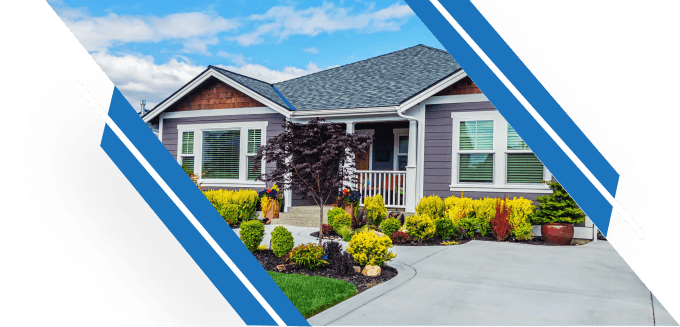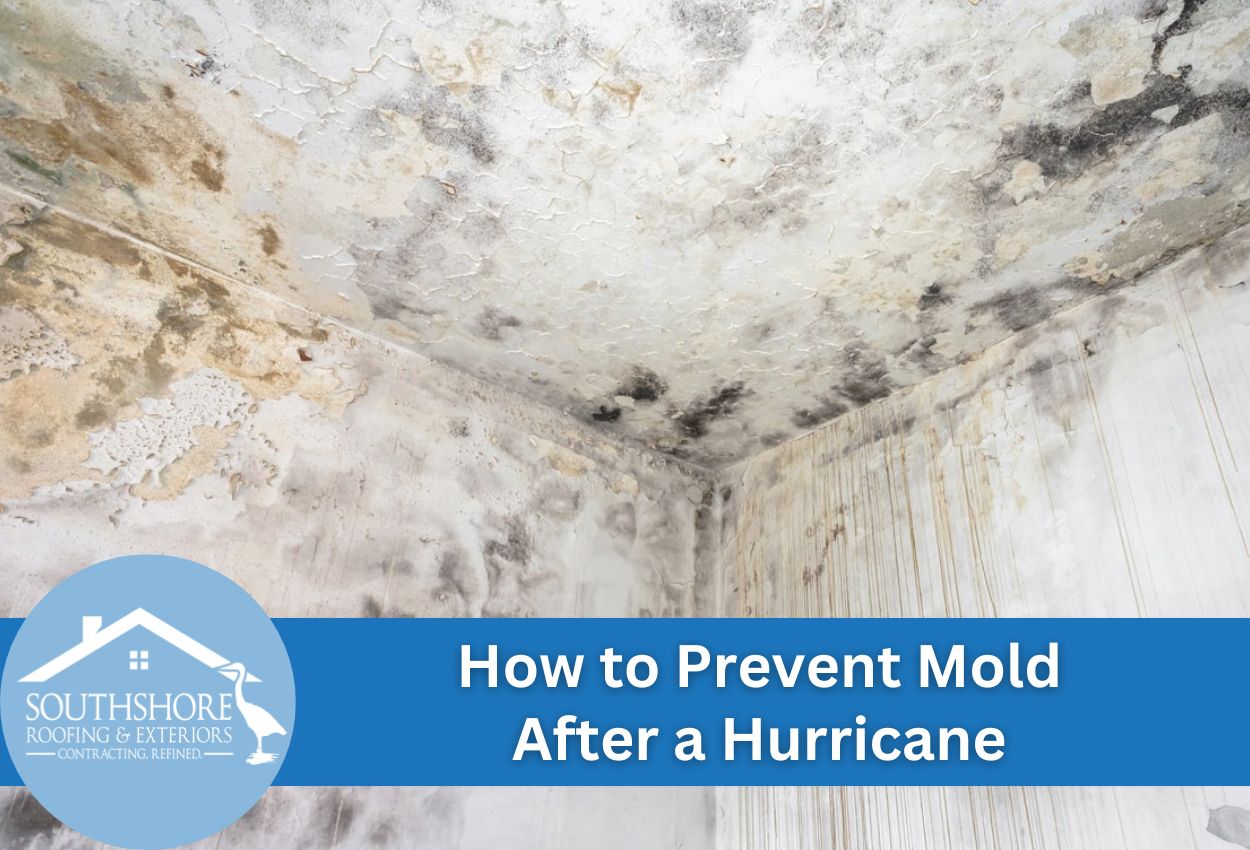Living in areas prone to hurricanes like Tampa, FL, homeowners face a variety of challenges, including preventing mold growth after a storm. High winds and heavy rains can cause significant water damage, which creates ideal conditions for mold to flourish. Understanding how to prevent mold after a hurricane not only maintains the structural integrity of your home but also protects the health of your family.
Mold can pose several health risks, including allergies, respiratory issues, and other serious health problems. Structurally, it can degrade your home’s materials, leading to expensive repairs and decreased property value. In our guide, we’ll go over mold prevention tips for homeowners to help you protect your living space from the aftermath of a hurricane. By taking steps for hurricane season mold control and humidity control after a storm, you can reduce the risk of mold taking hold in your home.
Whether you’re a new homeowner or have been living in hurricane-prone areas for years, this article will give you the knowledge needed to protect your home from mold during and after the hurricane season.
Immediate Steps to Take After a Hurricane
After the hurricane has passed, your first step should be to assess your home for any water damage and potential mold hot spots. Begin by inspecting areas that are prone to moisture, such as basements, attics, and areas around windows and doors. It is important to spot and address any issues quickly to prevent the growth of mold, which can begin in as little as 24 to 48 hours after exposure to moisture.
To effectively dry out your home and prevent mold proliferation, start by removing any standing water and damp items. Use fans, dehumidifiers, and open windows to circulate air and reduce humidity levels. Focusing on humidity control after a storm is vital, as maintaining lower moisture indoors helps prevent the conditions mold needs to grow. Additionally, consider calling professionals for post-hurricane mold removal if the damage is extensive or if mold is already visible.
Any of these strategies can help protect your home from long-term damage and ensure the health and safety of your household. Remember, the key to effective mold prevention after a hurricane lies in quick and thorough action.
Effective Cleaning Solutions and Techniques
When dealing with the aftermath of a hurricane, using the right cleaning solutions and techniques is necessary to prevent mold growth. DIY cleaning solutions, such as a mixture of water and vinegar, can be effective for cleaning smaller areas. This simple solution can help inhibit mold growth on surfaces without the use of harsh chemicals.
For larger or more severely affected areas, professional cleaning techniques may be necessary. Professionals have access to powerful tools and advanced solutions that can thoroughly clean and dry out your home, guaranteeing mold does not have the environment it needs to thrive. If you notice extensive water damage or if mold is already present, don’t wait call in experts who specialize in post-hurricane mold removal.
Homeowners should also focus on protecting their homes from mold by sealing windows and doors properly and ensuring that their roof is intact, especially before hurricane season. Since moisture control is key in mold prevention, it’s also recommended to invest in good-quality dehumidifiers to maintain low indoor humidity levels after a storm. By combining these DIY and professional approaches, you can keep your home mold-free during and after hurricane season.
Importance of Humidity Control in Mold Prevention
Controlling indoor humidity is crucial for preventing mold growth, especially following the high moisture levels hurricanes bring. Utilizing tools and techniques to maintain low humidity inside your home can stop mold growth before it starts. Here we will go over methods to keep humidity levels under control to safeguard your home from mold infestation after a storm.
Dehumidifiers and air conditioners are essential appliances in the fight against mold. These devices help maintain a dry environment within your home by removing excess moisture from the air. For optimal effectiveness, position dehumidifiers in areas most affected by moisture, such as basements, kitchens, and bathrooms. Regular checks and maintenance of these devices are also important to make sure they operate efficiently and effectively prevent mold growth.
Another technique involves using moisture-absorbing products like silica gel or calcium chloride. These can be placed in closets, drawers, and other enclosed spaces to help absorb dampness and prevent mold from taking hold. Additionally, keep your home well-ventilated. Use exhaust fans in bathrooms and kitchens and open windows when possible to allow air circulation and reduce moisture levels.
Homeowners can lower the risk of mold growth post-hurricane by using these strategies, protecting both their property and their health. Remember, the best method for effective mold control is prompt and persistent humidity management after any water exposure.
Long-Term Strategies for Mold Control During Hurricane Season
Preparing your home for hurricane season involves more than just emergency kits and evacuation plans, it also means protecting your residence against potential mold growth. Effective mold control begins with upgrading both the exterior and interior of your home to resist moisture. Applying waterproof sealants around windows, doors, and roofs can reduce water intrusion, which is a primary cause of mold. Additionally, making sure gutters and downspouts are clean and functional will help divert rainwater away from your home’s foundation.
Routine maintenance is also very important in preventing mold during hurricane season. Regularly inspecting your home for leaks and areas of dampness, particularly in attics and basements, is essential. These inspections should be done more often during hurricane season so any moisture issues that arise from heavy rains are addressed immediately. Homeowners should also consider professional assessments of their HVAC systems to ensure they are contributing to humidity control after a storm, rather than exacerbating potential mold problems.
Incorporating the long-term strategies mentioned above into your seasonal preparations can help protect your home from the detrimental effects of mold. Taking these steps not only preserves the structural integrity and value of your property but also promotes a healthier living environment for you and your family.
Structural Safeguards to Protect Your Home
The integrity of your roof and drainage systems is critical in the fight against mold after a hurricane. In Tampa, FL, where storms can be particularly severe, regular checks and maintenance of these systems can prevent water intrusion that can lead to mold growth. Homeowners should routinely inspect their roofs for any signs of damage—such as broken tiles or shingles and blocked gutters—as these can become entry points for water.
Waterproofing and sealing your home are also effective ways to protect against moisture. Applying waterproof sealants to roofs, windows, and doors can significantly enhance the ability of your home to withstand heavy rains and storms. In addition, consider integrating mold-resistant products, like copper and zinc, into your building materials if you are in the process of constructing or remodeling. These materials can help minimize the risk of mold development in the future.
Humidity control is another step in preventing mold. After a hurricane, address any water damage immediately and use dehumidifiers to manage indoor moisture levels. This helps maintain a dry environment inside your home, making it less hospitable for mold spores to grow and spread.
By focusing on these areas—roof maintenance, waterproofing, and humidity control—homeowners in hurricane-prone regions can significantly reduce the risk of mold issues. Implementing these mold prevention tips for homeowners will help keep your property safe and healthy, even during the peak of hurricane season.
Post-Hurricane Mold Removal and Remediation
After a hurricane, swiftly addressing mold is necessary to maintain a healthy living environment and preserve the structural integrity of your home. Knowing when and how to tackle mold removal yourself, and recognizing the signs that require professional remediation, can save you time and money.
If your home has minimal water intrusion, it may be possible to manage mold removal yourself. Begin by wearing protective gear such as gloves, masks, and goggles to avoid direct contact with mold. Use a solution of bleach and water (one cup of bleach to one gallon of water) to clean affected surfaces. It’s important to thoroughly dry the area afterward, as any moisture left can lead to further mold growth. However, for larger areas or if the water damage is extensive, professional services may be necessary.
Signs that you need professional mold remediation services include visible mold that covers a large area (more than 10 square feet), high humidity levels that persist despite your efforts to dry out the home, and the presence of black mold, which can be very hazardous. Professionals have the tools and expertise to safely and effectively remove mold and prevent future occurrences.
Remember, quick response and proper techniques are essential in post-hurricane mold control and removal. Whether handling it yourself or calling in experts, taking immediate action can prevent the spread of mold and minimize damage to your home and health.
Protect Your Home with SouthShore Roofing & Exteriors
Don’t let post-hurricane mold ruin your home. Act now to protect your family and property. Call SouthShore Roofing & Exteriors at (813) 400-3329 for expert roof inspections and repairs. Our experienced team can help you fortify your home against mold and water damage. From roof maintenance to waterproofing, we’ve got you covered. Take steps now to prevent mold growth and ensure a safe living environment. Trust SouthShore Roofing & Exteriors to protect your home during hurricane season and beyond.




